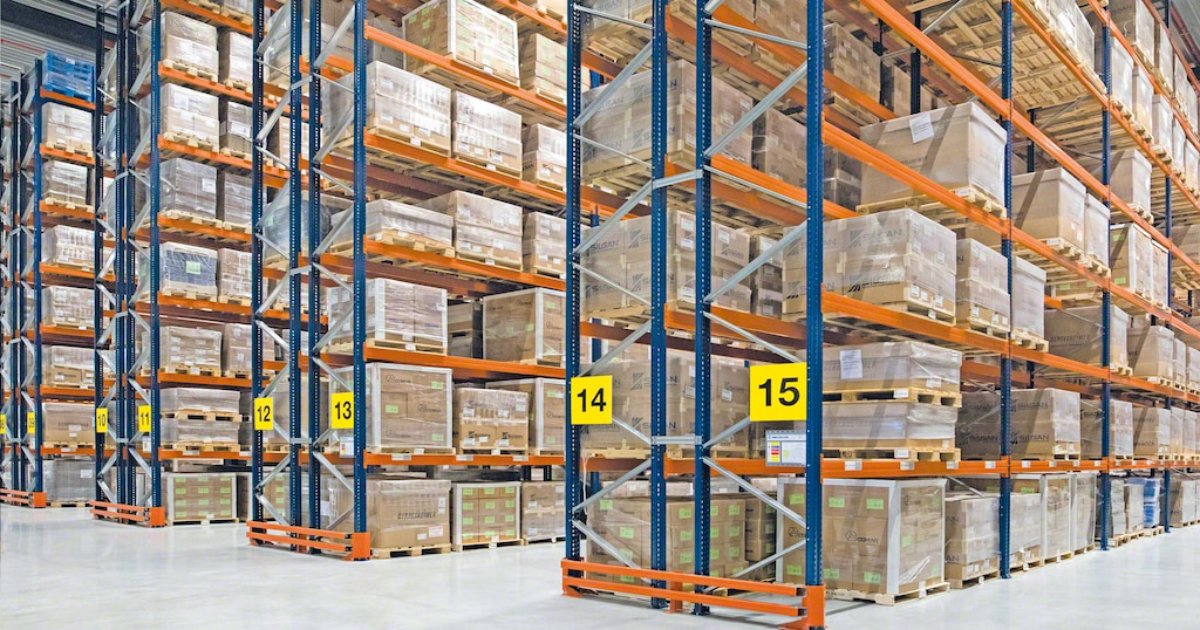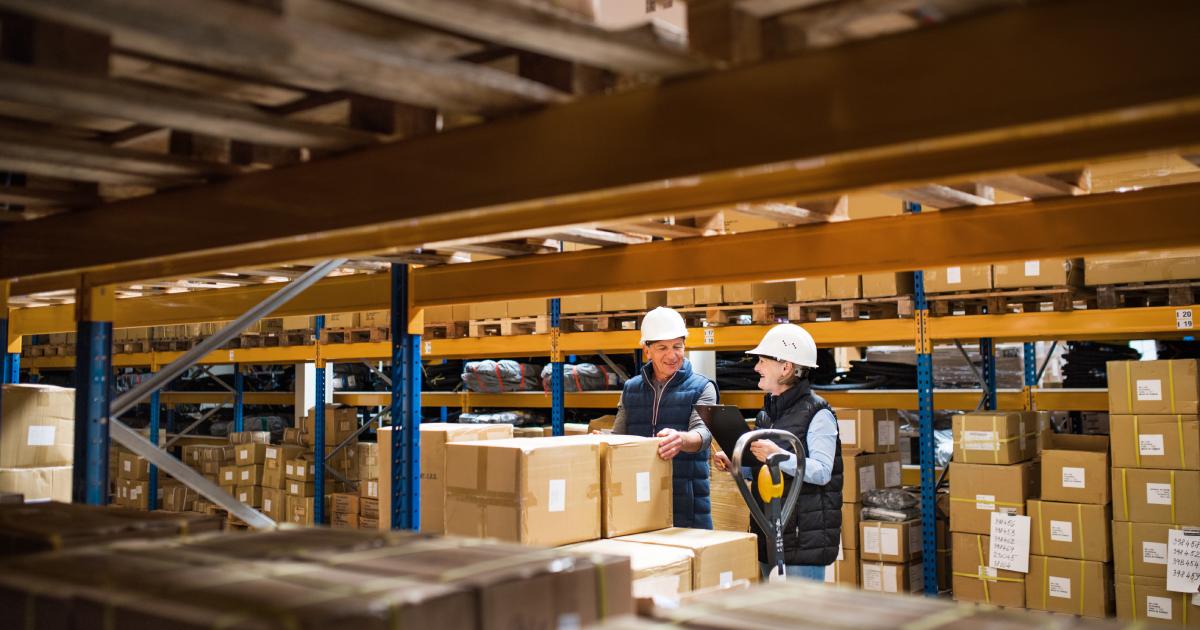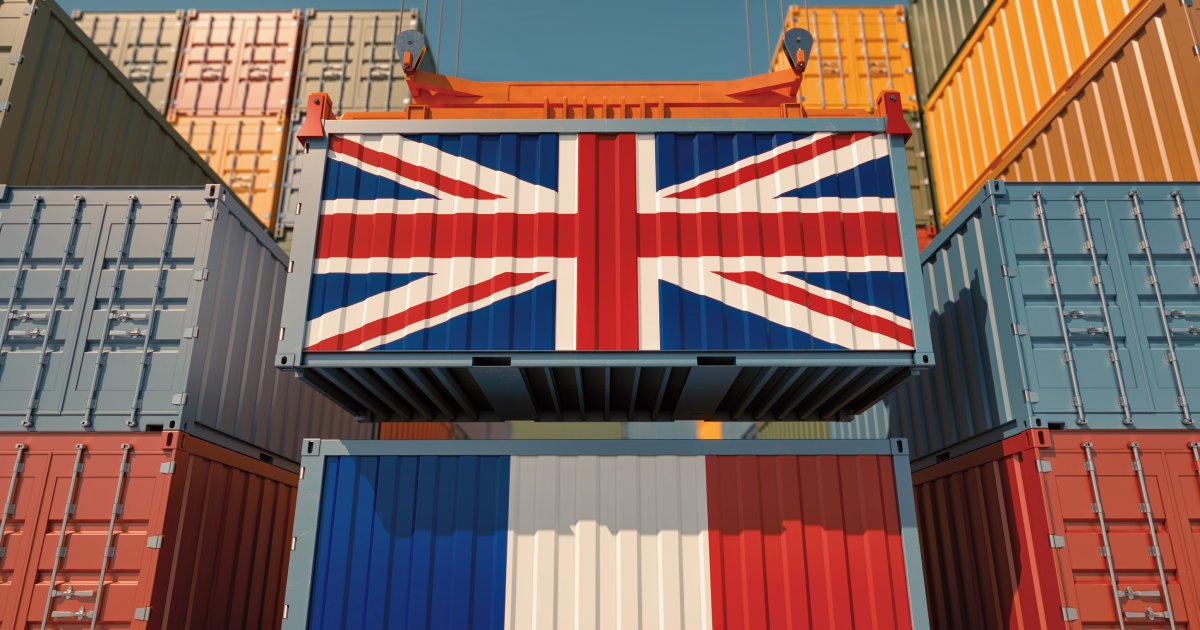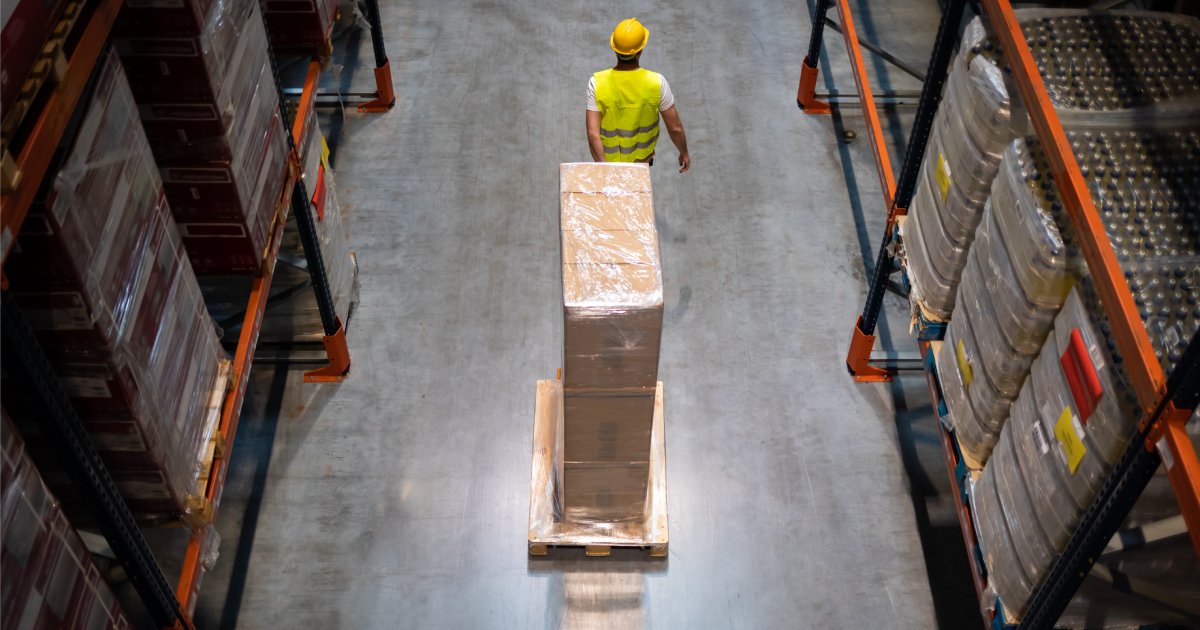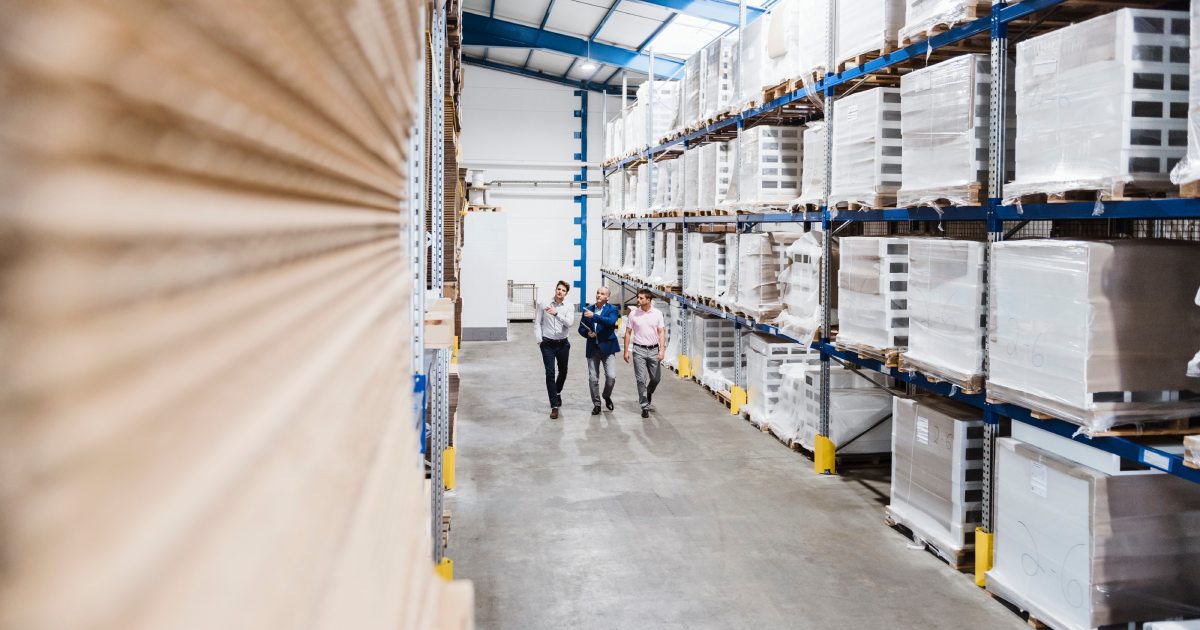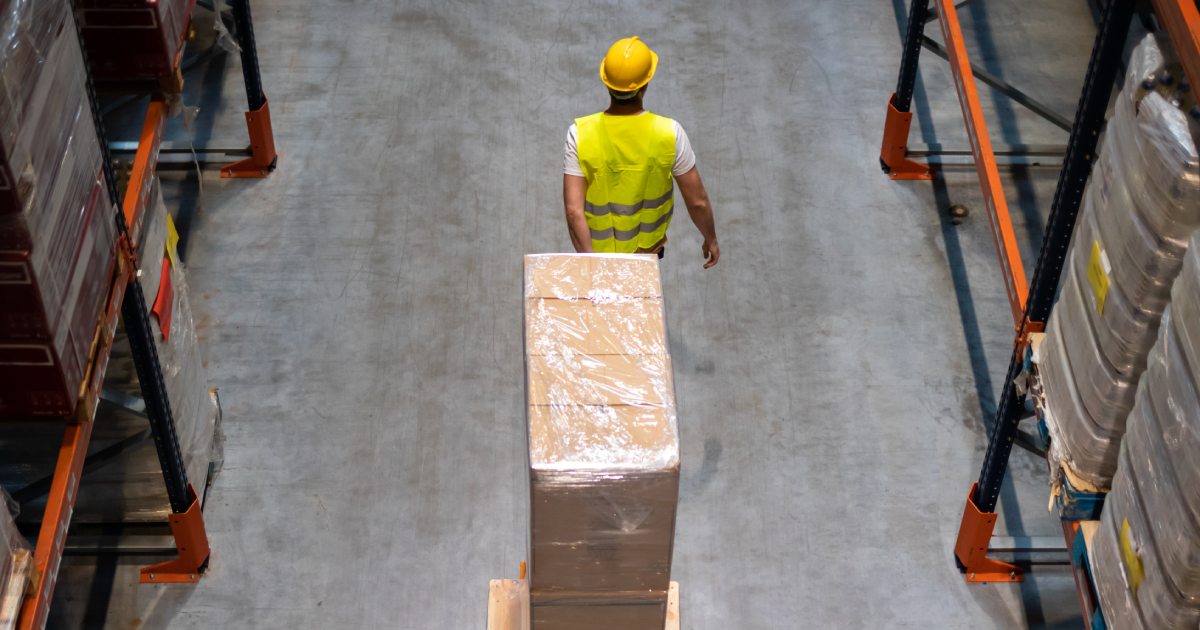In today’s interconnected world, logistics costs are a vital factor in the smooth functioning of businesses. Whether it’s sourcing raw materials, manufacturing products, or delivering goods to customers, effective logistics management is crucial.
However, managing logistics costs can be a complex task. In this blog post, we will delve into the factors that determine logistics costs, explore why they have increased in recent years, and provide valuable insights on getting the greatest value for money from logistics expenses.
Contents
Understanding logistics costs
Logistics costs are the expenses associated with the movement, storage, and management of goods throughout the supply chain. They encompass various elements, including transportation, inventory carrying costs, warehousing, packaging, handling, and administration.
Understanding the components that contribute to logistics costs is essential for optimising efficiency and profitability.
- Transportation costs:
These will typically form a significant portion of logistics expenses. They include expenses incurred for shipping goods via various modes such as road, rail, air, or sea. Factors influencing transportation costs include distance, fuel prices, tolls, tariffs, and the nature of the goods being transported.
- Inventory carrying costs:
Any expenses related to holding and managing inventory. These costs include warehousing, storage, insurance, obsolescence, and depreciation. Efficient inventory management, including just-in-time practices and optimising order quantities, can help reduce carrying costs.
- Warehousing costs:
Costs associated with warehousing include facility rent, labour, equipment, utilities, security, and maintenance. The size of the warehouse, location, and level of automation can significantly impact warehousing costs. Optimising warehouse layout and leveraging technology can enhance operational efficiency and reduce expenses.
- Packaging and handling costs:
These cover materials, labour, and equipment needed to package and prepare goods for transportation. The choice of packaging materials, efficient handling processes, and minimising product damage can help control these costs.
- Administrative costs:
Encompassing various activities such as order processing, documentation, customs compliance, and communication. Implementing streamlined processes, embracing technology, and reducing paperwork can mitigate administrative expenses.
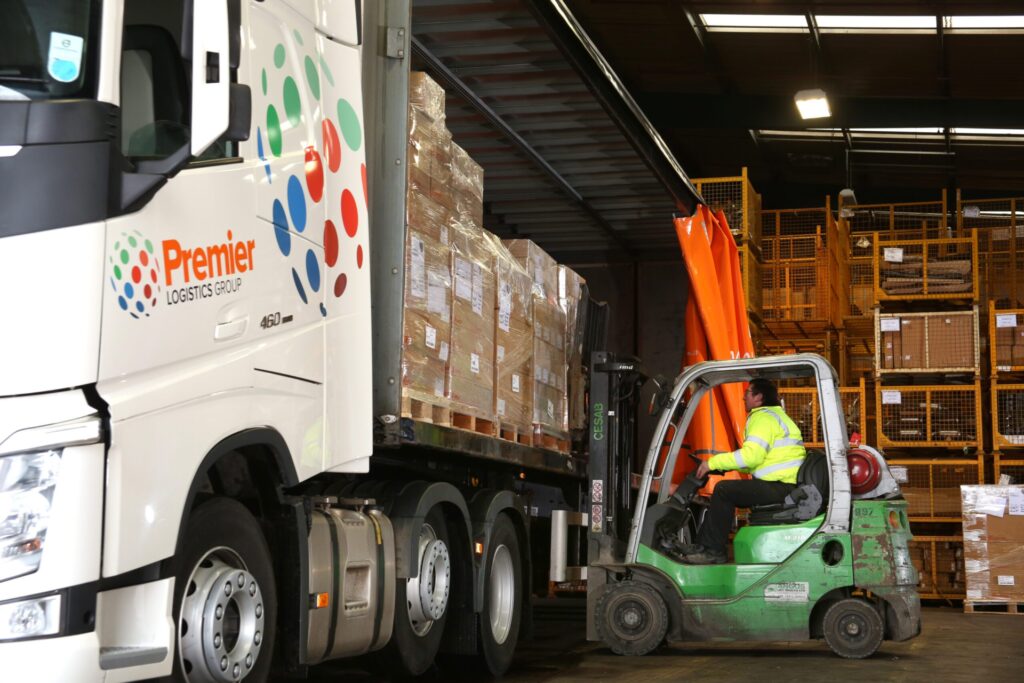
Rising trends in logistics costs
Over the past years, logistics costs have experienced an upward trend, primarily influenced by the following factors:
- Globalisation:
The globalisation of supply chains has increased the complexity and distances involved in logistics operations. Cross-border trade, import/export regulations, and customs procedures have added layers of cost and intricacy to logistics activities.
- Fluctuating fuel prices:
Transportation costs are heavily influenced by fuel prices, which can be volatile. Fluctuations in oil prices impact not only the cost of transporting goods but also affect related expenses such as packaging materials made from petroleum-based products.
- Infrastructure constraints:
Insufficient transportation infrastructure, congested ports, and inadequate warehousing facilities in certain regions can lead to increased logistics costs. Limited capacity and inefficiencies can result in delays, added expenses, and lost opportunities.
- Changing consumer expectations:
Rapidly evolving consumer expectations, including the rise of e-commerce, have significantly impacted logistics costs. The demand for faster shipping, flexible delivery options, and free returns place additional pressure on logistics providers, requiring investments in technology and efficient last-mile delivery solutions.
Maximising value for money in logistics expenses
While logistics costs pose challenges to businesses, there are strategies to optimise expenditure and maximise the value obtained:
- Collaborative relationships:
Establishing strong partnerships and collaborations with suppliers, carriers, and logistics service providers can lead to economies of scale, negotiated rates, and improved service levels. Building long-term relationships fosters trust, enabling the sharing of information and innovative cost-saving initiatives.
- Data-driven decision making:
Leveraging data analytics and supply chain visibility tools can provide valuable insights into logistics operations. Analysing key performance indicators (KPIs) and identifying areas of improvement allows businesses to make informed decisions, optimise routes, consolidate shipments, and reduce inefficiencies.
- Supply chain optimisation:
Examining the entire supply chain and identifying opportunities for optimisation is crucial. Streamlining processes, implementing lean principles, and embracing technologies like automation, robotics, and artificial intelligence can enhance efficiency, reduce costs, and improve overall performance.
- Inventory management:
Efficient inventory management practices such as just-in-time (JIT) and vendor-managed inventory (VMI) can help minimise inventory carrying costs. By synchronising supply with demand, businesses can reduce the need for excess inventory, prevent stockouts, and optimise working capital.
- Sustainable practices:
Adopting sustainable logistics practices can yield cost savings and improve environmental impact. Strategies like route optimisation, load consolidation, use of alternative fuels, and eco-friendly packaging not only reduce costs but also align with customers’ preferences and corporate social responsibility objectives.
Conclusion
Logistics costs are a critical aspect of business operations, and understanding their determinants is essential for effective cost management. Factors such as transportation, inventory, warehousing, packaging, and administration contribute to overall logistics costs.
While rising trends in globalisation, fuel prices, infrastructure constraints, and changing consumer expectations have increased logistics expenses, businesses can maximise value for money by fostering collaborative relationships, leveraging data-driven decision-making, optimising supply chain operations, implementing efficient inventory management practices, and adopting sustainable approaches.
By embracing these strategies, businesses can enhance operational efficiency, reduce costs, and stay competitive in today’s dynamic business landscape.

